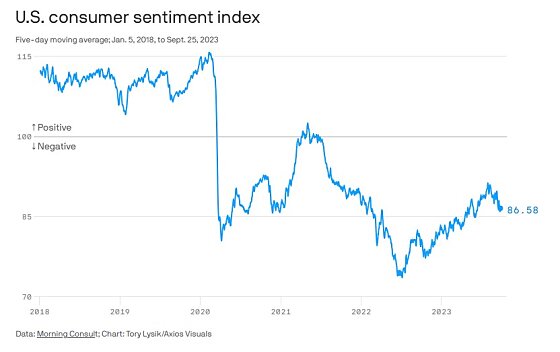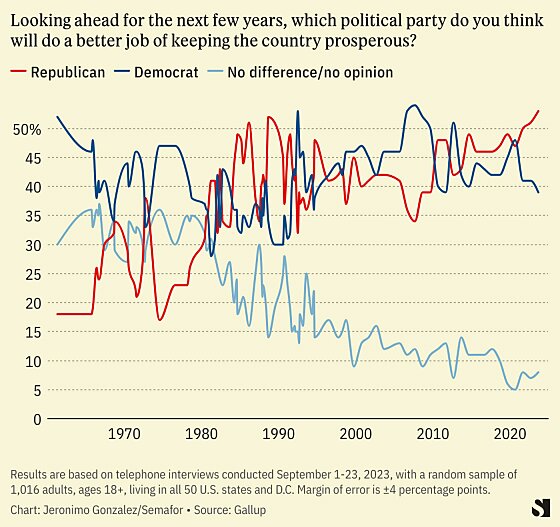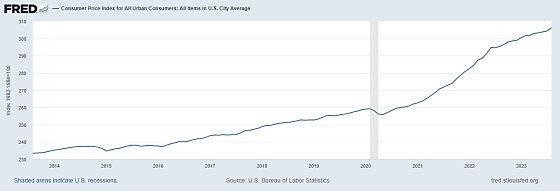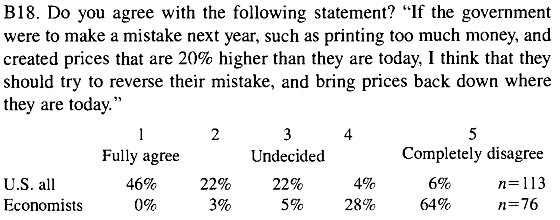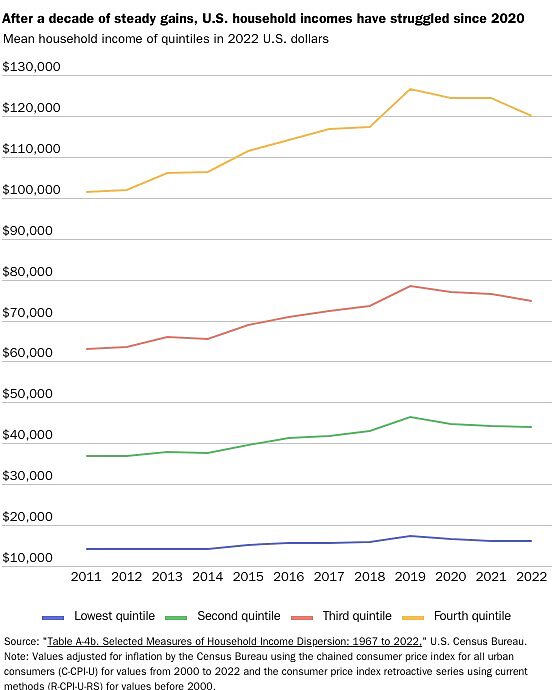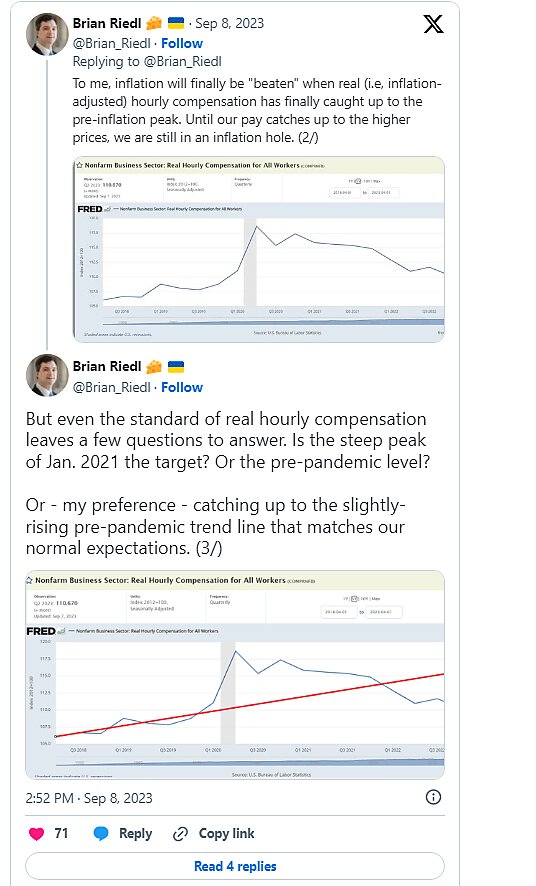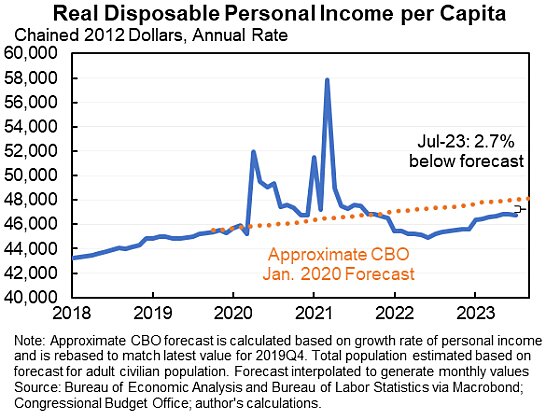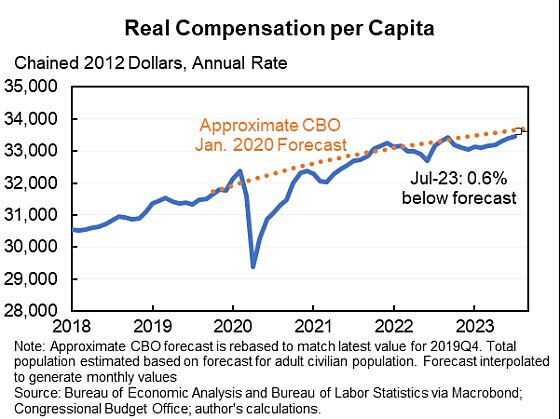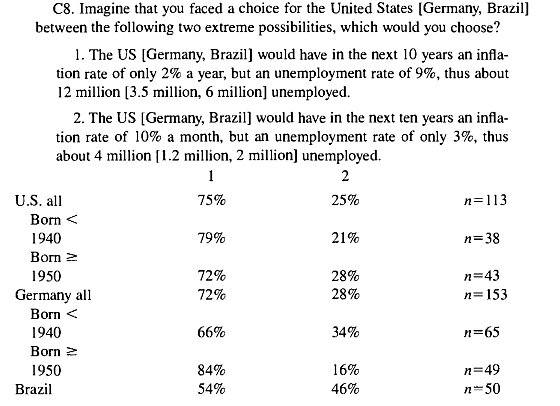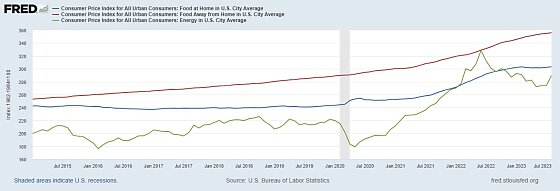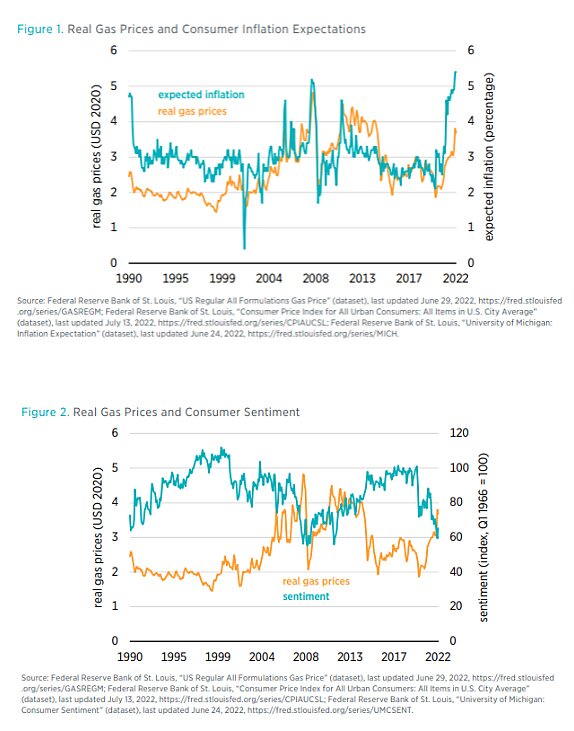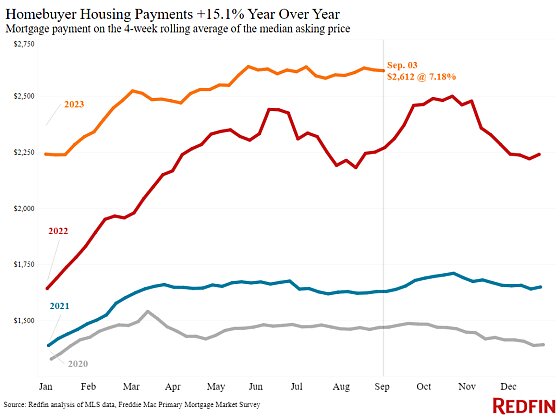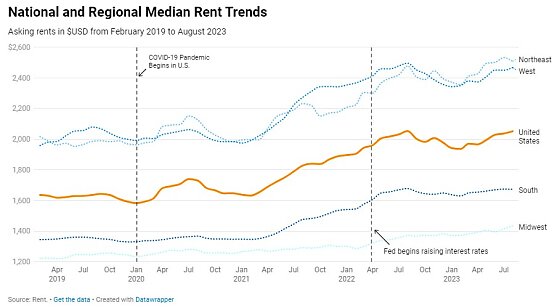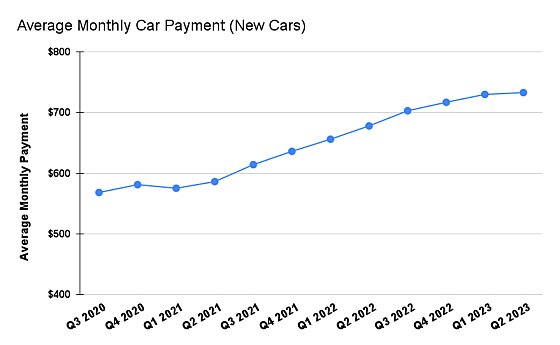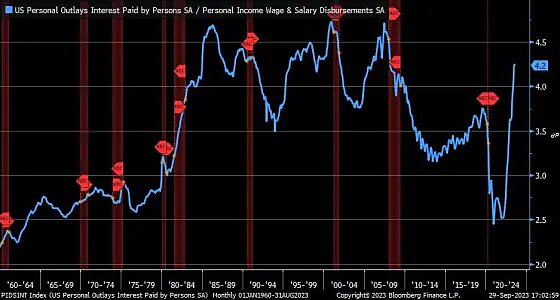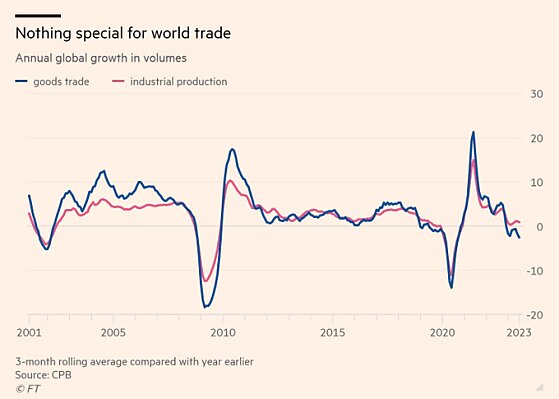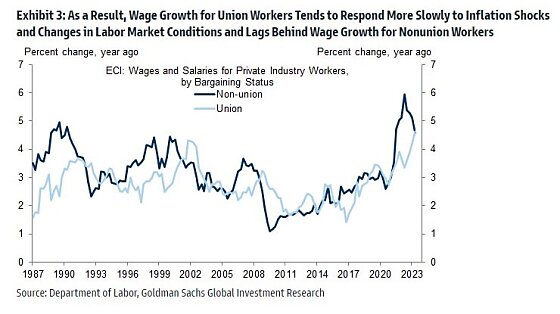Is this—or current price levels—an economic emergency or sign of impending doom? Probably not. But it’s quite easy to see why many Americans might not feel good about their economic prospects right now, especially as student loan payments kick back in and other “temporary” pandemic-era subsidies disappear—which they should have done a long time ago, by the way.
‘Bidenomics’ for the Few
Of course, much of this stuff—inflation, high prices, interest rates, etc.—isn’t the president’s or even U.S. policymakers’ fault. Reasonable minds can disagree about the extent to which policy (deficit spending, regulations, tariffs, etc.) affected the issues tarnishing Americans’ views of the economy, but a lot of it—monetary policy, supply chain problems, demographic changes, etc.—has nothing to do with the White House’s agenda.
Still, some of it surely is the result of Biden-era policy (especially spending and tariffs), and the administration’s strategy isn’t exactly helping matters.
Most obviously, it was the White House who chose to embrace the “Bidenomics” label and set out on a victory tour this summer, taking full credit for the U.S. economy’s upswing. It’s logical and expected that Americans’—and Republicans—would similarly blame Biden for the economy’s problems (real or perceived). You can’t pat yourself on the back for cheap gasoline one day and then pull a Shaggy now that oil’s back near $100/barrel. Turnabout is fair and inevitable play (especially when you frequently demonize oil and gas production too).
Furthermore, the president’s big Bidenomics push isn’t really addressing the direct economic concerns of most Americans—even ignoring the various left-wing surrogates who’ve lazily resorted to just telling worried Americans that they’re stupid or brainwashed. Instead, the most common and high-profile Bidenomics events and speeches relate not to kitchen table issues like gas prices but to grandiose manufacturing projects backed by U.S. industrial policy (the IRA, the CHIPS and Science Act, and the bipartisan infrastructure law). Yet, as Rampell noted in a separate column in September (and as I’ve noted ad nauseam here), Bidenomics’ apparent manufacturing “fixation” relates to “a sector that almost no Americans work in anymore, that doesn’t feel relevant to their daily lives and that isn’t actually doing so great right now.” Maybe those projects are good for national security or the environment (we shall see), and they surely produce some visible local jobs. But they’re just-as-surely not what most Americans— the vast majority of whom work in services and live in other places—care most about.
The president’s most intense and high-profile Bidenomics exercise—relating to the United Auto Workers strikes —is even more myopic. Reason’s Eric Boehm (with help from Gary Winslett) explains:
